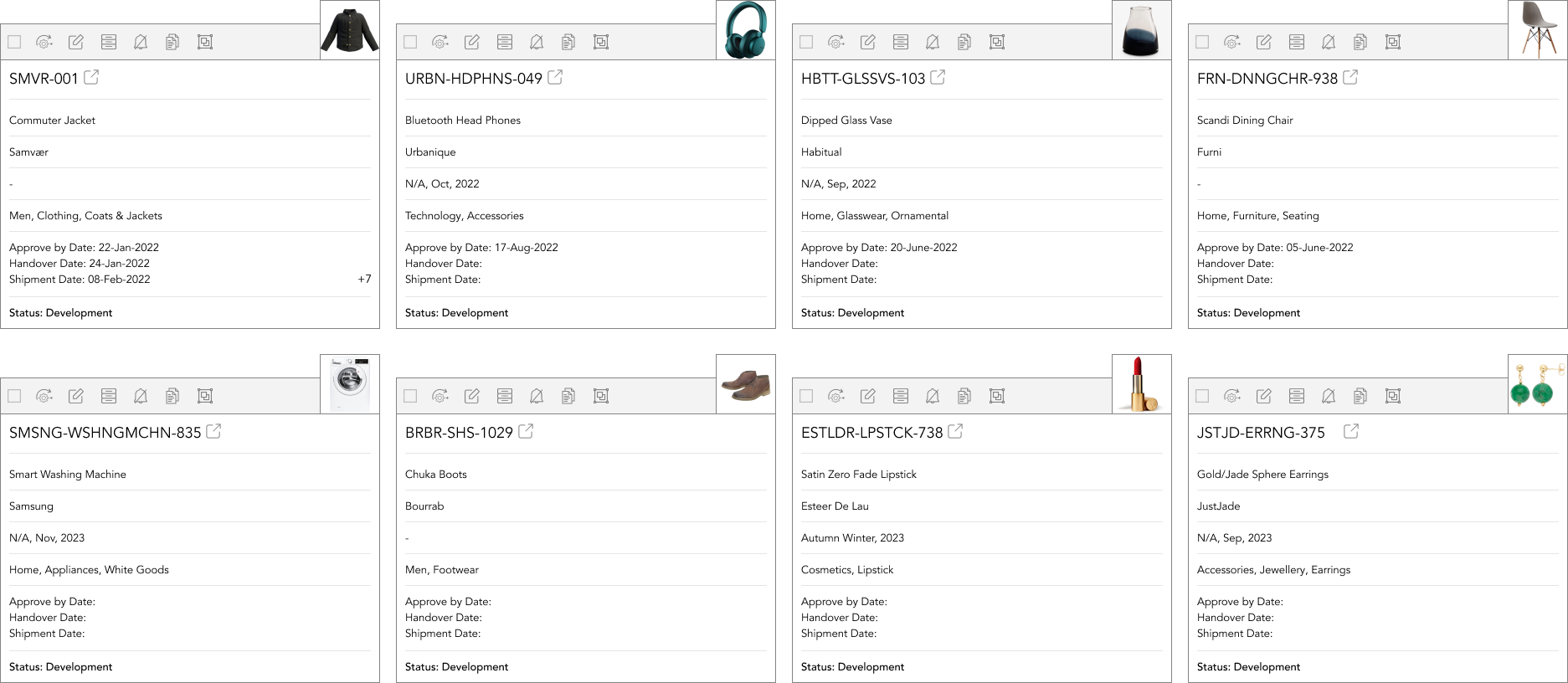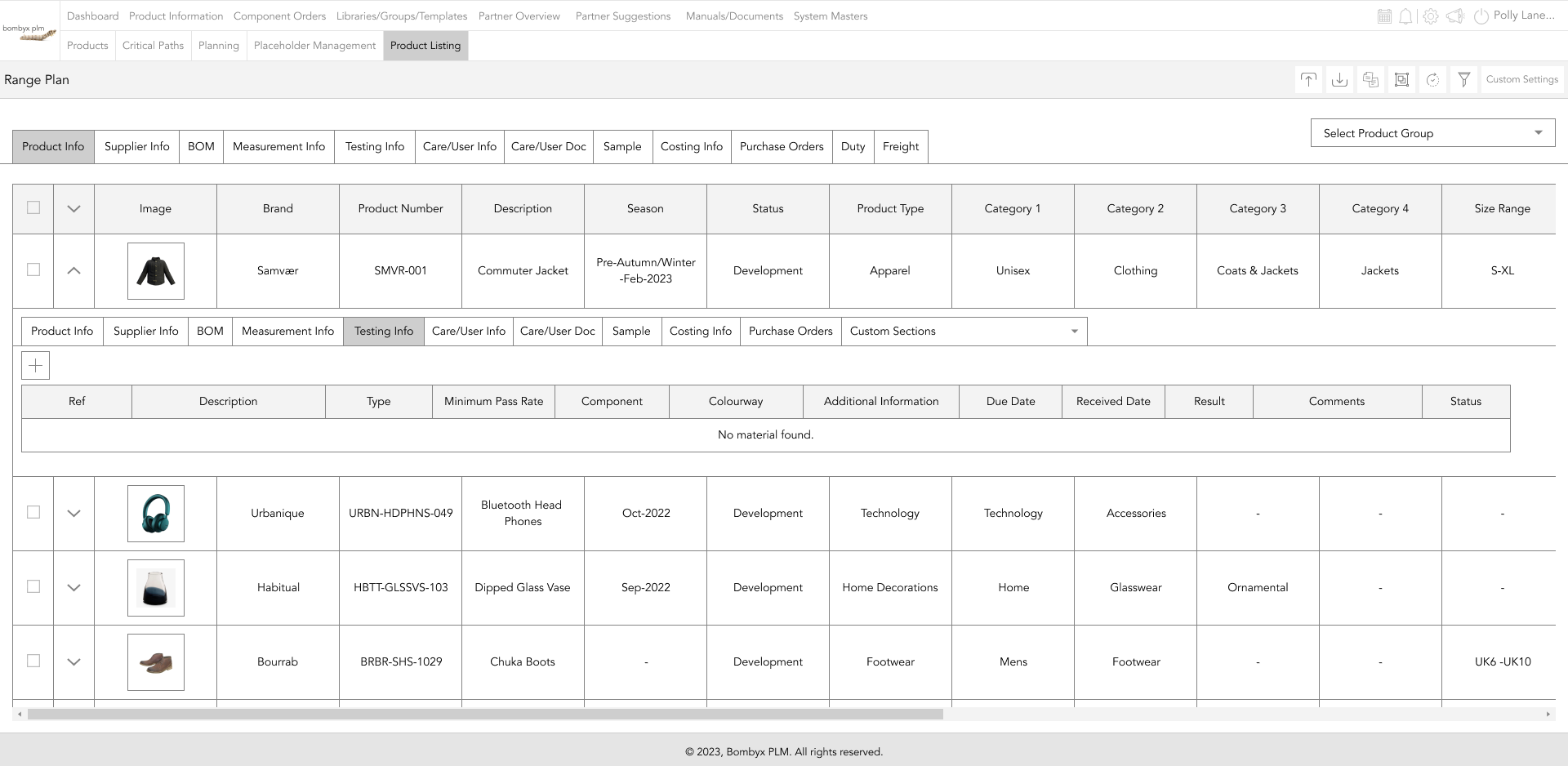Before Covid-19, the retail sector was already changing. Today, experts recognise ongoing significant transformations. The Future Consumer Index by EY highlights shifts in consumer behaviour, indicating permanent changes. To stay on track, retail product development must adapt, establishing a strong digital framework to empower businesses and fortify brands.
Understanding Retail Product Development
Retail product development encompasses the entire process of creating and launching a new product on the market. This involves everything from generating ideas to devising a retail strategy.
Digital transformation solutions have revolutionised how retailers develop products. These tools enable businesses to expedite the development of consumer goods across various aspects.
The outcome is reduced costs, improved product profitability, and the ability to meet compliance standards. This enhances competitiveness in today’s fast-paced marketplace.

Enhancing Global Retail Product Development
- Data is Safe and Secure
The importance of secure data sharing cannot be understated in driving innovation. With advanced retail solutions, teams can manage and control data sharing with vendors and suppliers.
This ensures the safety and security of their valuable information. This includes granting and regulating access for individual users, allowing for custom attributes and permissions tailored to each user. Such measures significantly contribute to streamlining retail product development, resulting in improved overall processes.
- Retail Product Development is Easier.
By leveraging advanced retail solutions, companies can gain control over their merchandising planning process. This becomes especially crucial as nearly 50% of new product introductions in the retail sector cannot meet sales targets.
Eliminate uncertainties in product development with PLM and merchandising planning. Teams can quickly create ‘what-if’ queries with cost scenarios. This then automatically calculates the effect of product costs on margins and pricing.

3.Easy Real-Time Analytics:
Online tools with real-time analytics enable users to filter and sort data based on various metrics, like country of origin for recent seasons. Identifying trends promptly addresses items with significant financial impact, refining operations, improving margins, and optimizing performance.
4. Creativity is Enabled:
In retail product development, PLM systems and digital boards nurture creativity and enable seamless collaboration, even in remote work scenarios. With centralized product data, teams focus on developing new collections, incorporating insights from previous seasons efficiently.
5. Retail Solutions for Growth:
The retail industry’s significant changes require businesses to adapt. Implementing retail solutions optimizes product development, enhances innovation, strengthens supplier collaboration, and expedites time to market across categories.